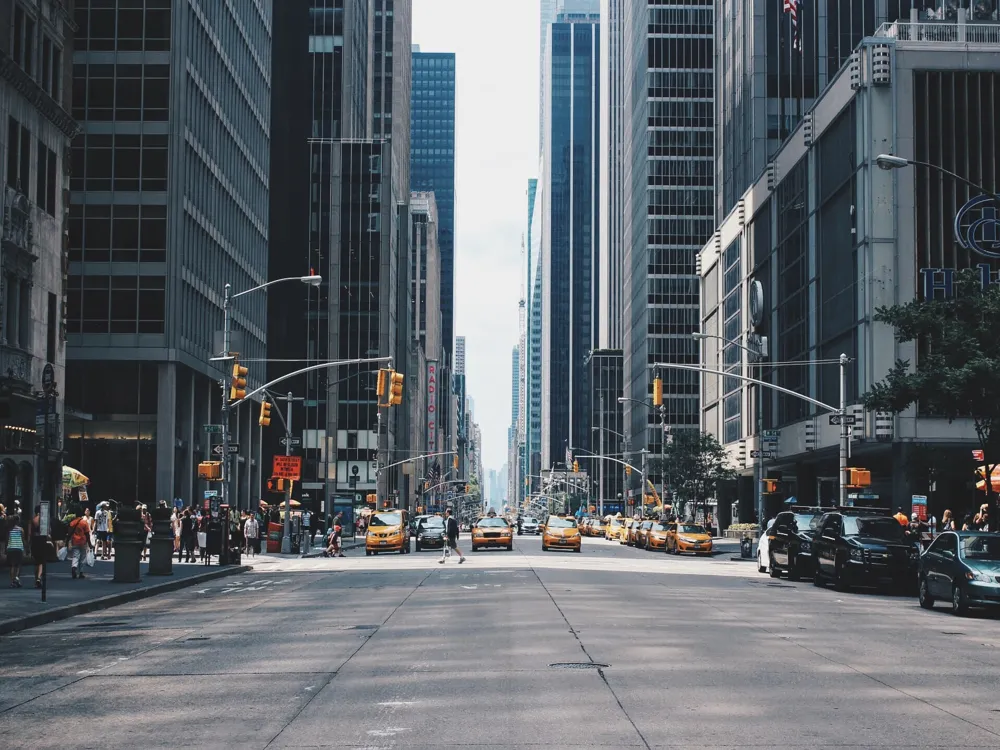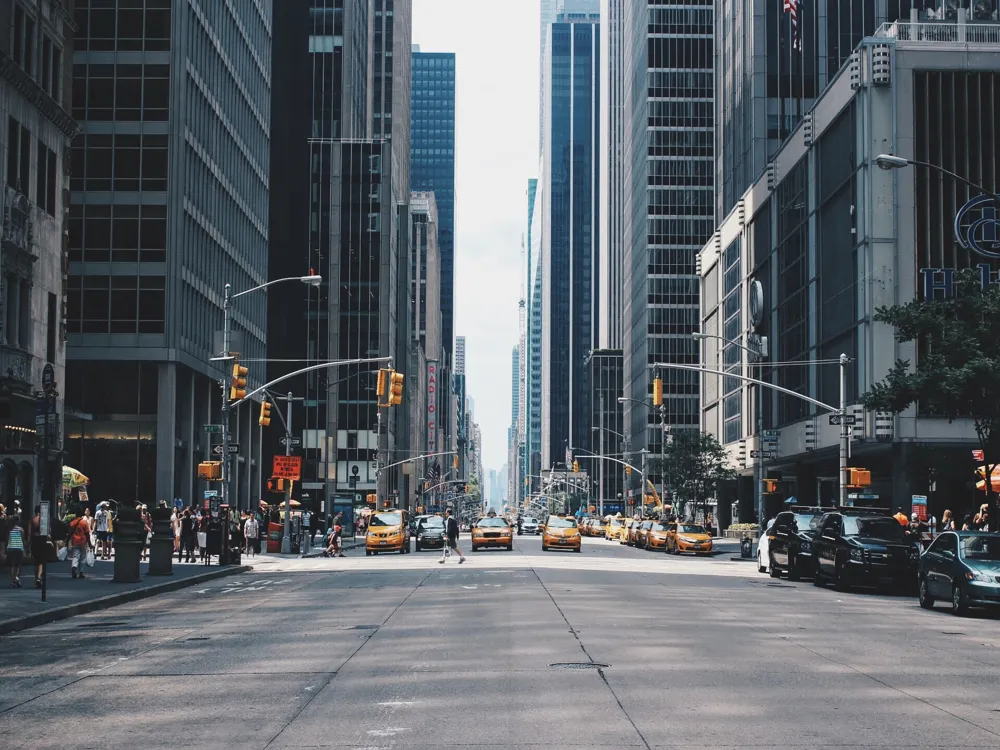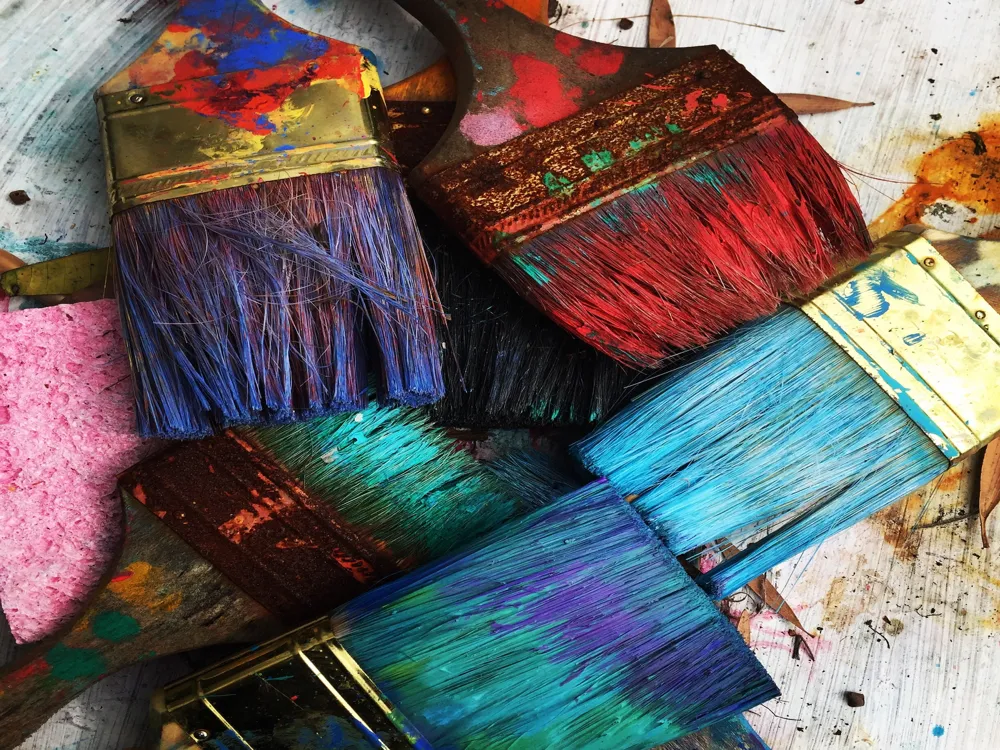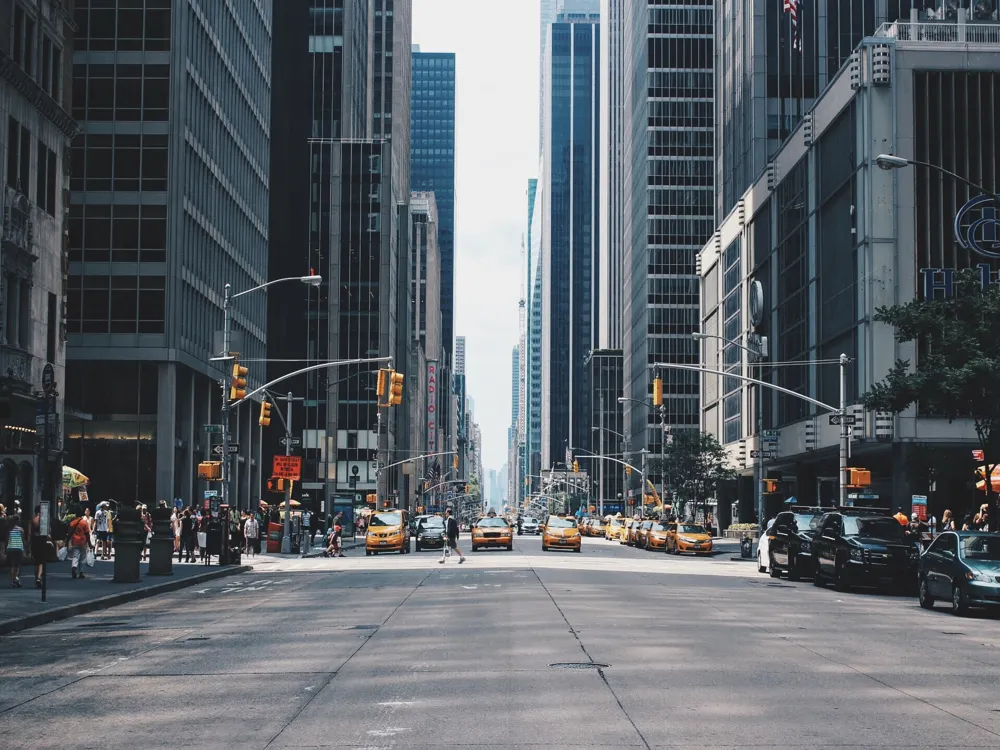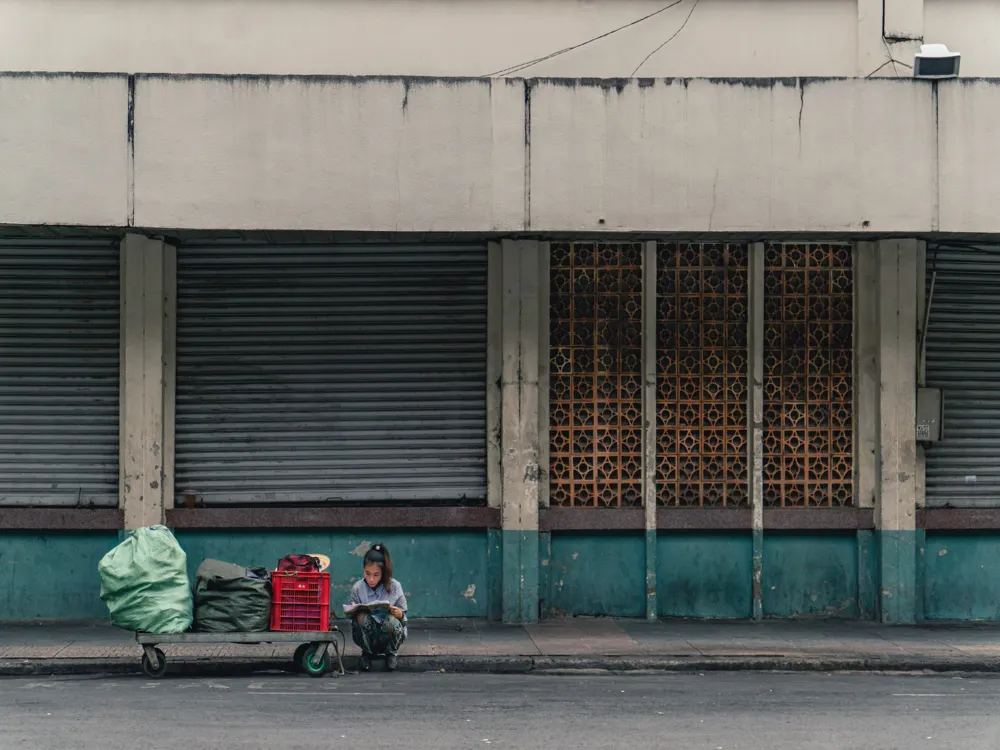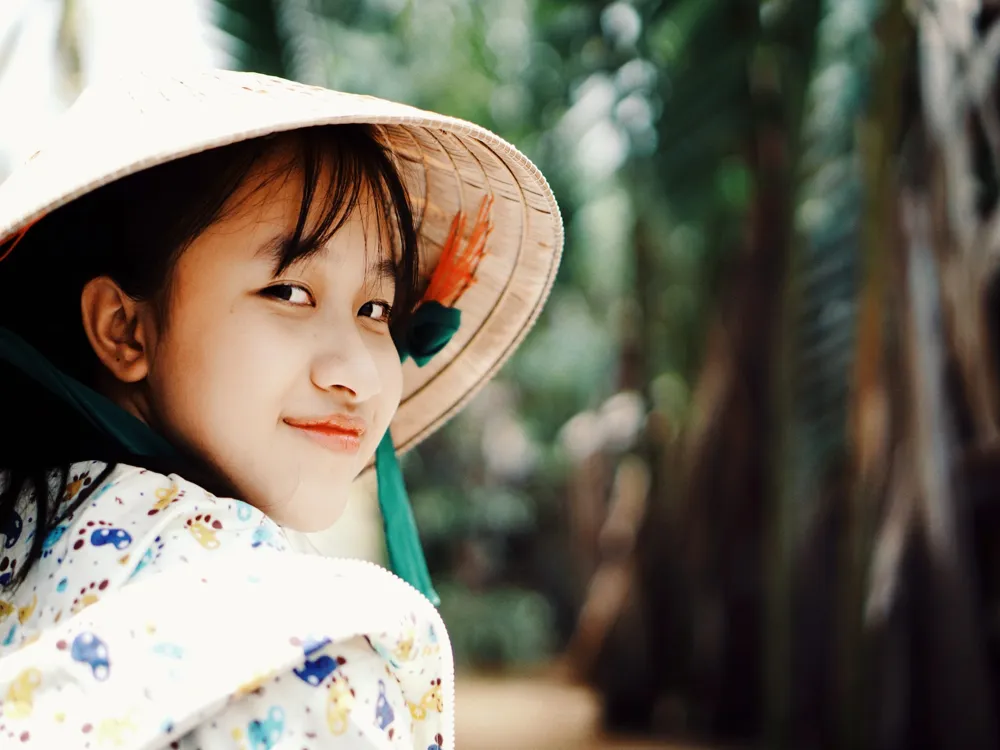Nestled in the bustling heart of Ho Chi Minh City, Nghia An Hoi Quan Pagoda stands as a beacon of tranquility and historical significance. This revered temple, with its roots stretching back to the 19th century, is not just a place of worship but also a testament to the rich cultural tapestry of Vietnam. As visitors step through its gates, they are transported into a world where the past and present merge seamlessly, offering a unique glimpse into the spiritual and architectural heritage of the country. The pagoda's history is as colorful as its intricate façades. Originally established by the Cantonese community, it served as a spiritual haven for Chinese immigrants, many of whom were traders and seafarers seeking blessings for their journeys. Over the years, Nghia An Hoi Quan Pagoda has evolved, becoming a melting pot of cultural influences, evident in its architectural nuances and the diverse array of deities worshipped within its hallowed walls. The temple is not just a place for prayer; it is a vibrant hub of community activities. During major festivals such as the Lunar New Year and the Mid-Autumn Festival, the pagoda comes alive with a flurry of traditional ceremonies, lion dances, and offerings. These events provide a rare opportunity for visitors to immerse themselves in the local customs and experience the communal spirit that is at the heart of Vietnamese culture. The serene ambiance of Nghia An Hoi Quan Pagoda offers a stark contrast to the dynamic city that surrounds it. For travelers and locals alike, it serves as a spiritual oasis amidst the urban hustle, providing a space for reflection, meditation, and a deeper understanding of Vietnam's rich spiritual landscape. The architectural splendor of Nghia An Hoi Quan Pagoda is a harmonious blend of traditional Vietnamese and Chinese designs, creating a visual masterpiece that captivates both the eye and the soul. As visitors approach the temple, they are greeted by a striking façade adorned with elaborate ceramic tile work depicting legendary figures and mythical creatures, a characteristic feature of Cantonese architecture. The pagoda's layout follows the classic Chinese temple structure, with a series of courtyards leading into one another, each bordered by ornate halls and sanctuaries. The main hall, a focal point of the temple, houses an impressive altar dedicated to the deity Quan Cong, revered for his qualities of loyalty and justice. Intricately carved wood panels and gold-leafed statues create an atmosphere of reverence and awe. One of the most distinctive features of the pagoda is its roof, an artistic marvel in itself. The upturned eaves, typical of traditional Chinese architecture, are intricately decorated with ceramic figurines and elaborate patterns, symbolizing protection and prosperity. The use of vibrant colors, predominantly red and gold, is not only aesthetically pleasing but also bears significant cultural symbolism, representing luck, happiness, and wealth. The interior of Nghia An Hoi Quan Pagoda is a testament to the craftsmanship of the artisans who built it. The walls and ceilings are adorned with delicate carvings and paintings, each telling a story from ancient folklore or representing important aspects of Taoist and Buddhist beliefs. The integration of natural elements like wood, stone, and ceramics speaks to the harmony between human creativity and the natural world, a core principle in Eastern philosophy. As a place of worship, it's important to dress modestly when visiting the Nghia An Hoi Quan Pagoda. This means avoiding revealing clothing and ensuring shoulders and knees are covered as a sign of respect. While photography is allowed, it should be done discreetly and respectfully, especially when rituals or prayers are in progress. Always ask for permission before taking photos of worshippers or monks. Visitors should familiarize themselves with basic temple etiquette, such as removing shoes before entering certain areas, not pointing feet towards the altars or statues, and speaking in low tones to maintain the sanctity of the space. If you wish to participate in any rituals, such as offering incense, it's advisable to observe and follow the locals or seek guidance from temple staff to ensure that these are conducted respectfully and correctly. Nghia An Hoi Quan Pagoda is conveniently located in the Cho Lon area of Ho Chi Minh City, making it easily accessible by various means of transportation. For those staying in the city center, the most common ways to reach the pagoda include taking a taxi, which is readily available throughout the city, or using ride-hailing apps for a more convenient option. Alternatively, for a more authentic experience, visitors can opt for a local bus, which provides a glimpse into the daily life of the city's residents. The pagoda is also a popular stop for guided tours, offering a more structured and informative way to explore this historic site. Read MoreOverview of Nghia An Hoi Quan Pagoda in Ho Chi Minh City
Architecture of Nghia An Hoi Quan Pagoda
Tips When Visiting Nghia An Hoi Quan Pagoda
Dress Appropriately
Photography Etiquette
Understanding Cultural Norms
Participating in Rituals
How To Reach Nghia An Hoi Quan Pagoda
Nghia An Hoi Quan Pagoda
Ho Chi Minh City
₹ 17,501 onwards
View ho-chi-minh-city Packages
Weather :
Tags : Buddhist Temple
Time Required : 1 hour
Planning a Trip? Ask Your Question
Ho-chi-minh-city Travel Packages
View All Packages For Ho-chi-minh-city
Top Hotel Collections for Ho-chi-minh-city

Private Pool

Luxury Hotels

5-Star Hotels

Pet Friendly
Top Hotels Near Ho-chi-minh-city
Other Top Ranking Places In Ho-chi-minh-city
View All Places To Visit In ho-chi-minh-city
View ho-chi-minh-city Packages
Weather :
Tags : Buddhist Temple
Time Required : 1 hour
Planning a Trip? Ask Your Question
Ho-chi-minh-city Travel Packages
View All Packages For Ho-chi-minh-city
Top Hotel Collections for Ho-chi-minh-city

Private Pool

Luxury Hotels

5-Star Hotels

Pet Friendly







